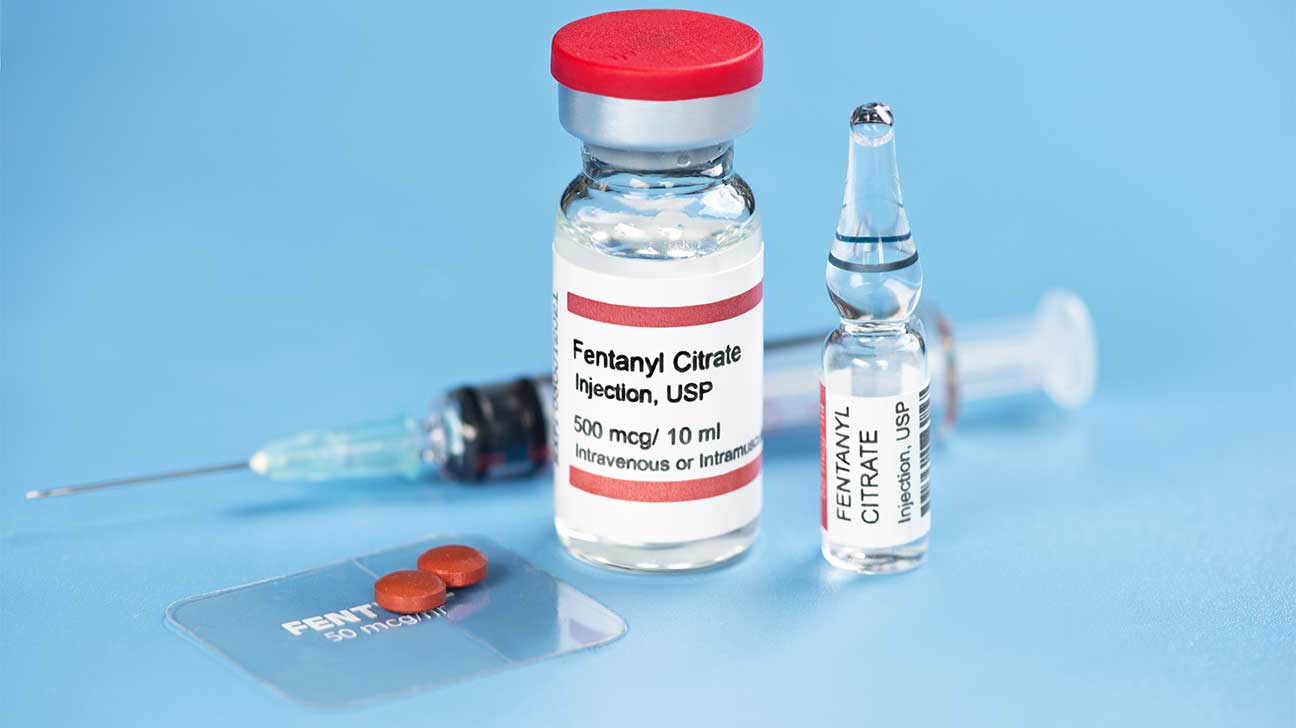
The United States currently faces a devastating opioid crisis that has claimed thousands of lives and ruined communities throughout the nation.
In response to this public health issue, lawmakers have recently passed a new law targeting fentanyl-related drugs, aiming to curb opioid abuse and save lives.
There are several implications for this new fentanyl law as well as concerns surrounding its implementation.
People seeking recovery from opioid addiction can find an array of substance abuse treatment services at a rehab facility.
How The New Law Would Affect Fentanyl-Related Drugs
Fentanyl is a potent synthetic opioid that has played a significant role in the rise of opioid overdose deaths in recent years.
The HALT Fentanyl Act, a bipartisan piece of legislation passed by the U.S. House of Representatives, aims to curb overdose deaths from illegal fentanyl-laced substances.
The new law would impose strict regulations on fentanyl-related drugs and would criminalize the manufacturing, distribution, and possession of these substances.
Supporters of the legislation say that the law would hold drug traffickers accountable by levying severe criminal penalties as well as making it harder to access these dangerous substances.
Concerns Regarding The New Fentanyl Drug Law
While the HALT Fentanyl Act may help limit access to fentanyl and dissuade criminals from producing the drug, some advocacy groups argue that the law may go too far.
Critics of the law argue that focusing solely on punitive measures may not address the root causes of addiction and may lead to pushing the drug market toward more dangerous alternatives.
Additionally, the law does not include an option to reschedule or remove fentanyl-related drugs that research shows do not meet Schedule I standards.
Striking a balance between law enforcement and addiction treatment services is crucial for long-term success in the battle against opioid abuse.
Fentanyl Drug Overdose Death Rates
The rates of drug overdoses have risen steadily over the past two decades, with a sharp uptick in recent years.
The Centers for Disease Control and Prevention (CDC) reported 107,622 overdose deaths in 2021, over 70,000 of which were attributable to illegal fentanyl.
The U.S. Drug Enforcement Administration (DEA) attributes more deaths to synthetic opioids such as fentanyl than any other cause of death including heart disease, cancer, and homicide.
Other Effective Harm Reduction Measures
Below are some of the most effective tactics in reducing opioid overdose deaths and increasing access to drug addiction treatment services.
Increase Access To Overdose Reversal Treatments
Expanding access to overdose reversal treatments such as naloxone may help reduce fentanyl-related deaths.
This life-saving medication can quickly reverse the effects of an opioid overdose and should be readily available to first responders, healthcare professionals, and people who use opioids.
Develop Programs To Help Reduce Addiction Stigma
Addressing addiction stigma is a critical step in battling the opioid crisis.
Educating the public, healthcare personnel, and policymakers about addiction as a chronic health condition is essential.
Empathy and understanding for people facing addiction may empower them to seek help without fear of judgment or discrimination.
Facilitate The Use Of Fentanyl Test Strips
Fentanyl test strips offer a valuable harm reduction tool by allowing people to check the presence of fentanyl-laced cocaine, methamphetamine, or other illicit drugs.
These test strips can potentially reduce the risk of accidental fentanyl overdose by enabling people to test their drugs before use.
Signs Of Opioid Drug Addiction
If you think that a loved one may be abusing drugs, you may be wondering how to spot fentanyl addiction and other opioid use disorders.
Behavioral Signs
Behavioral signs of opioid abuse may include slurred speech, frequent absences from work or school, an inability to take care of daily responsibilities, and social withdrawal.
Physical Signs
The physical signs of opioid abuse may be noticeable within minutes of using the substance.
Physical symptoms include:
- constricted pupils
- drowsiness
- insomnia
- agitation
- decreased motor skills
Opioid Drug Paraphernalia
Opioid drugs may be snorted, injected, rectally inserted, or smoked.
You may notice paraphernalia around the house such as needles, syringes, glass pipes, razor blades, counterfeit prescription pills, rolled-up dollar bills, or hollowed-out pen tubes.
Treatment Options For Substance Abuse
There are a number of evidence-based treatment services that are effective in treating opioid addiction.
These treatment options include:
- medication-assisted treatment (MAT)
- medical detoxification
- behavioral therapy
- dual diagnosis treatment
- relapse prevention programs
Find Substance Use Disorder Treatment Today
For more information about substance abuse and treatment options, reach out to DetoxRehabs.net today.
Article Sources- Centers for Disease Control and Prevention (CDC)
https://www.cdc.gov/stopoverdose/fentanyl/index.html - Georgia Recorder
https://georgiarecorder.com/2023/05/25/fentanyl-related-drugs-permanently-made-criminal-under-bill-passed-by-u-s-house/ - National Institute on Drug Abuse (NIDA)
https://nida.nih.gov/research-topics/trends-statistics/overdose-death-rates


